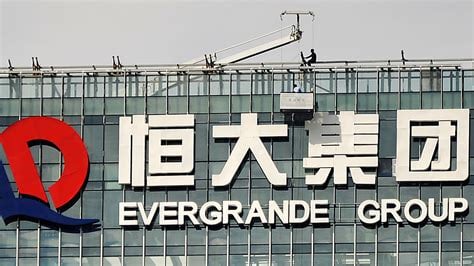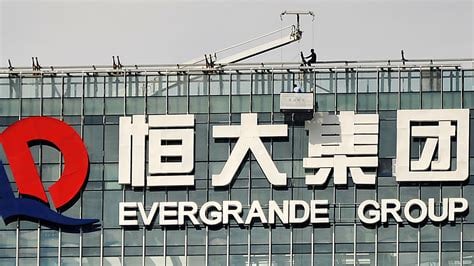China is now reacting to the failure of real estate developer Evergrande, with $310 Billion in debt.
The AP reported [emphasis added]:
China’s central bank expanded the supply of money for lending Monday as Beijing tried to reassure its public and investors the economy can be protected if a troubled real estate developer’s $310 billion mountain of debt collapses.
Evergrande Group’s struggle to turn assets into cash has prompted fear a default might chill Chinese lending markets and cause global shockwaves. Economists say the ruling Communist Party can prevent a credit crunch but it wants to avoid sending the wrong signal by bailing out Evergrande in the middle of a campaign to force companies to cut debt Beijing worries is dangerously high.
The People’s Bank of China said it released 1.2 trillion yuan ($190 billion) for lending by reducing the amount of money banks must hold in reserve. Beijing was expected to show support for lending after Evergrande warned Friday night it might run out of cash, but the central bank made no mention of the company, which it earlier accused of reckless borrowing.
“The company must be punished,” said economist He Fan at Peking University’s HSBC Business School.
Developers have been racing to pay off debt since Beijing lowered limits on their use of borrowed money last year. Weaker real estate activity depressed economic growth to an unexpectedly low 4.9% over a year earlier in the last quarter.
This is exactly what we forecasted when the news of Evergrande was first released.
We’ve reported for years of the problems China has with banks and local governments not reporting the amount of their real debt publicly. We’ve estimated that trillions are not being reported by these entities. We reported on a piece from Bloomberg previously:
China’s hidden local government debt has swelled to more than half the size of the economy, according to economists at Goldman Sachs Group Inc., who said the government will need to be flexible in dealing with this as revenue is already under pressure due to a slowdown in land sales.
The total debt of local government financing vehicles rose to about 53 trillion yuan ($8.2 trillion) at the end of last year from 16 trillion yuan in 2013, the economists wrote in a report. That’s equal to about 52% of gross domestic product and is larger than amount of official outstanding government debt.
The LGFVs are a tool for governments to borrow money without it appearing on their balance sheets, but it is seen as the same as a government liability by financial markets.
By comparison, local debt in the US is estimated at $2 trillion at the end of 2020. China’s GDP is also about two-thirds that of the US ($14 trillion vs. 20 trillion for the US). The fact that China’s local hidden debt is four times that of US local debt is startling when considering GDP.
China has a mess to contend with while the rest of the world ignores this fact.
The post BREAKING EXCLUSIVE: China Reacting to Evergrande’s Imminent Collapse – Economy Weaker than Being Reported appeared first on The Gateway Pundit.



